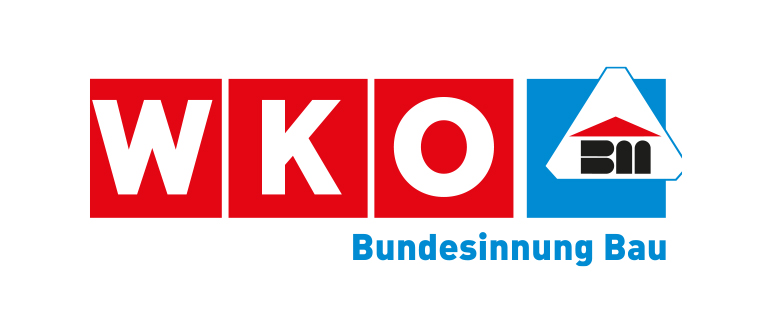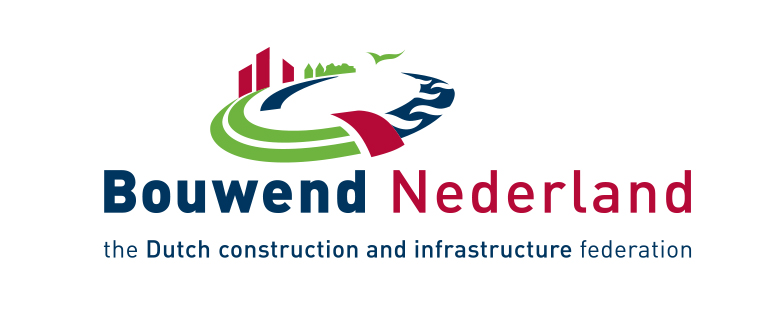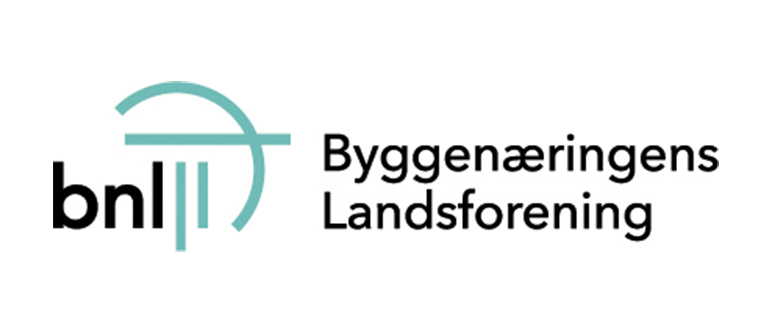Overall construction activity
The outlook for the Swedish economy has gone from gloomy to quite bright in just a few weeks. Like for the rest of the world, the forecast highly depends on how quickly the country can vaccinate its inhabitants. In Sweden, foreign trade of goods has already recovered and is back to the same level as before the corona outbreak. Therefore, the export of goods together with household spending will be the main drivers for the economic recovery in 2021. The forecast is that Swedish GDP decreased by 3.1% in 2020 and will increase by 3.5% in 2021.
The drop in GDP last year was mainly due to a significant fall in the service sectors as well as in household consumption. The construction sector had, surprisingly, only a small negative impact on the GDP growth in 2020. Much is due to a relatively good level of housing starts during the last year. All in all, total construction investment only decreased by 0.6% in 2020 and is expected to remain unchanged in 2021. Employment-wise, 2020 was a weak year with construction employment falling by 2.2%. However, the negative employment growth will flatten out and will be slightly positive in 2021, thanks to a relatively robust construction market in the current year.
Housebuilding
Residential investment is forecasted to have increased by 2% in 2020. Investment in both holiday homes and repair and maintenance are the main factors for the upturn. In 2021, residential investment will start to decrease. This is due to a lower number of multi-dwelling building starts, compared to the levels of the last two years.
For newly constructed buildings the forecast is 47,700 dwelling starts in 2020 and 45,500 in 2021. Expressed in investment terms, this means that new construction fell by 1% last year and continues to decrease by 4% this year.
Investment in renovation increased by 4% in 2020, the main reason being an increase in the reconstruction of one- or two and multi-family dwelling buildings. This positive development for rebuilding is expected to continue in 2021. All in all, total investment in housebuilding increased by 2% in 2020 and is expected to decrease by 1% in 2021.
GDP 2020
BILLION
POPULATION 2020
Total investment in construction in 2020
BILLION
Non-residential construction
The market-oriented construction of non-residential buildings is forecasted to have shrunk by 9% in 2020 due to the restrictions that have been put in place in Sweden. The real estate sector has been one of the segments that were hit the most by the restrictions. Restaurants, bars, hotels, retail stores etc. have been (more or less) empty and the revenues have also started to decrease in the real estate sector. For 2021, with a decrease of 3%, this segment is expected to continue its downward trend.
Local authorities and regions expect a very strained economy in the county council and municipal sector in 2021, due to rising unemployment in the wake of the pandemic. However, the government increased the subsidies to the municipalities by €1 billion to compensate for the negative impact of the COVID-19 crisis on the local economy. Nevertheless, subsidies granted last year and the new stimulus package for the current year will not be sufficient to prevent the public construction investment from declining. Therefore, public investment is expected to have decreased by 3% in 2020, and will shrink by 2% in 2021.
Civil engineering
Investment in civil engineering recorded a relatively good growth rate last year, thanks to a strong increase in public investment. However, private investment in the sectors of transport and telecommunications heavily declined which led to a negative growth for the total private segment in 2020. In 2021, a quite sharp decline in the transport sector is expected. Therefore, the total private sector will continue having a negative impact on the civil engineering segment. Public sector investment, which rose by 12% last year, will continue its strong growth in the current year due to increased public spending on infrastructure (both railways and roads). The total civil engineering investment rose by 6% in 2020 and will continue to increase at a rate of 5% in 2021.
| Per cent variation of investment in real terms on previous year | |||||||
| investment Mln. € fixed prices | |||||||
| Sectors | 2020a | 2017 | 2018 | 2019 | 2020a | 2021b | |
| 1. | Building | 41,100 | 5.0 | 1.6 | -3.4 | -2.1 | -1.5 |
| 1.1. Housebuilding | 22,068 | 4.0 | -6.4 | -7.9 | 1.7 | -0.9 | |
| 1.1.1. New | 11,258 | 3.2 | -11.1 | -15.3 | -0.9 | -3.7 | |
| 1.1.2. Renovation | 10,811 | 5.2 | 0.1 | 1.4 | 4.4 | 1.8 | |
| 1.2. Non residential (c) | 19,031 | 6.7 | 14.3 | 2.4 | -6.5 | -2.2 | |
| 1.2.1. Private | 11,718 | 2.0 | 17.1 | 3.8 | -8.5 | -2.6 | |
| 1.2.2. Public | 7,313 | 14.5 | 10.2 | 0.2 | -3.4 | -1.6 | |
| 2. | Civil Engineering | 9,503 | -1.6 | 4.1 | 4.8 | 5.9 | 5.2 |
| (1 + 2) | Total Construction | 50,602 | 3.9 | 2.0 | -2.0 | -0.6 | -0.2 |
| a: estimate - b: forecast - c: incl. R&M | |||||||
| Number of building permits in residential construction | |||||||
| 2017 | 2018 | 2019 | 2020a | 2021b | |||
| single dwelling | 14,092 | 11,575 | 11,572 | 11,000 | 11,500 | ||
| collective dwelling | 50,994 | 42,482 | 36,350 | 40,000 | 37,000 | ||
| other types of dwelling | 7,780 | 9,027 | 6,454 | 6,500 | 6,000 | ||
| Total | 72,866 | 63,084 | 54,376 | 57,500 | 54,500 | ||
| (Collective dwellings and other types of buildings: in number of flats) | |||||||



































